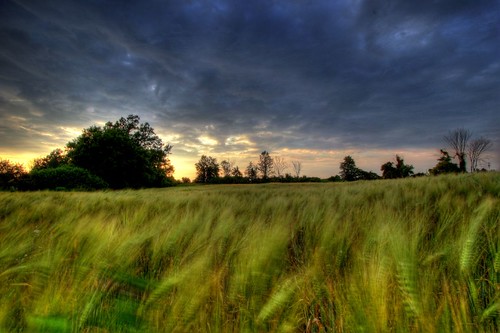Lettuce and Spinach Seeds Mark Start of 2007 Season
Officially kicking off the 2007 season, lettuce (romaine and loose leaf) and spinach seeds were started tonight. 27 plants in all got the call up. A modest start, given how early it is and the depth of snow on the ground, these seeds should sprout within a few days.
While it might be a bit early, my 28-year-old copy of the Victory Garden suggests otherwise, recommending that I start taking steps before the close of February. Big up, Mr. Crockett. I poured some rudbeckia seed on the ground in honor of you, kind sir.
Some tips for how to start seeds
1. Use a heating pad or a seed starting mat to ensure your seedlings get sufficient heat.
2. Get seed starting mix or equivalent, but don't use regular soil as it might contain pathogens that will kill your seedlings.
3. Make sure your new plants get plenty of light. Think: a really sunny window or two fluorescent lights suspended just inches above your plants and switched on for 18 hours a day.
4. Keep the the soil moist. A no-brainer, but be sure to check on them from time to time and keep a lid on your starting tray during germination.
Source: University of Missouri Extension









